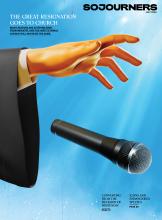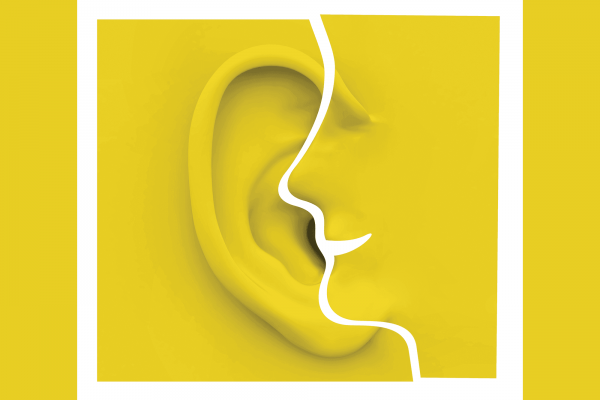NEW YORKERS CAN show up late to the party when it comes to slowing down with the summer. Even with the haze and humidity conspiring for an unholy pairing, thickening the air, and lathering our skyscrapers—our hustle remains undeterred. We might pause momentarily in the caress of the cool air leaking out of department store foyers. Still, many of us only begrudgingly slow down.
Fight as we might, our bodies are always communicating. Sending messages. Receiving them. Storytelling and processing the world. Heaven and life continue to stream data vying for our attention by different means. Thomas Merton wrote, “For just as the wind carries thousands of winged seeds, so each moment brings with it germs of spiritual vitality that come to rest imperceptibly in the minds and wills of [people].” For Merton, this data could land unbeknownst to us. Many BIPOC folks, however, have experienced this sense of knowing through the body. It is something many contemplative activists are also reclaiming as part of an abolitionist heritage.
Read the Full Article

